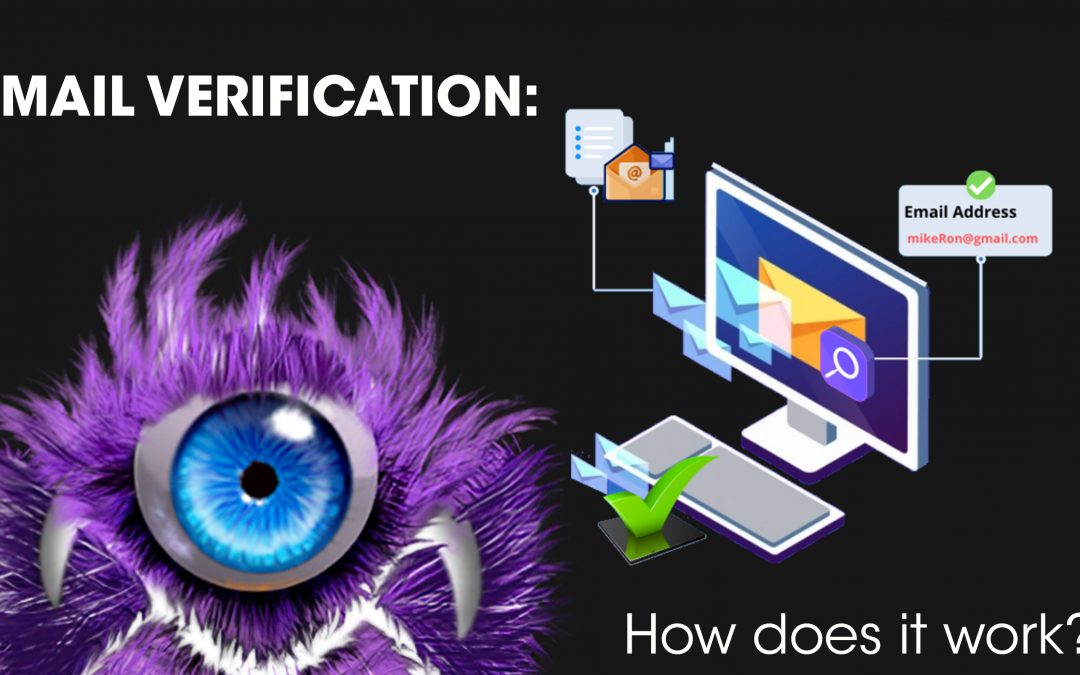To be sure of the authenticity of the emails addresses you want to reach in your email marketing campaigns, you need to run some validation tests.
Your emails has to reach its recipients, that’s a MUST. At first it seems like a pretty simple topic. You have a database of emails that you have created over time and you use it to launch your newsletters. However, your open rate may vary depending on the quality of your database.
The cleaner, up-to-date and organized it is, the higher your open rate will be.
Why do email verification?
The process to guarantee the authenticity of emails is not complicated. The verification is especially useful for those emails in which the open rate has been zero for several months. And also for those in which the username is somewhat suspicious. Digital tools are typically used to:
- Avoid bouncing.
- Clean your database.
- Check if the information you have is correct.
Validation process to verify the authenticity of emails
The validity of an email address is measured through a combination of various validation techniques and internal algorithms used by companies involved in big data management.
At the end of the validation process of the entered list, the invalid email addresses will be filtered and the result will be a clean email list, validated and ready for use in the digital marketing strategy of the brand.
These are the basic steps of a typical email validation process:
1.- Syntax
The syntax of the email address is checked. A process that will remove malformed email addresses.
2.- Checking the Domain / MX Records
This process will check the DNS entries for an email address. When the domain is invalid or the MX entry is missing, the process will mark this email address as invalid.
3.- Roles
Role-based account discovery is launched. Email addresses for role-based accounts, without real names, such as info @, sales @, or admin @ will be detected and removed.
4.- Disposable emails
Disposable email addresses will be detected and processed appropriately. The accounts that are used for a single use are thus called. It can be to register or to skip the login form with a valid email address.
5.- Trap detection
This process will detect spam seeds, bots, honeypots, blacklists, or fake emails. In this process, all emails are checked against known lists of email addresses and domains used to catch spammers.
6.- Checking DNSBLs and URI DNSBLs for blacklists
A blackhole list, in English, called a Blackhole List (RBL) is a list of IP addresses that are most often used to send spam. In this step, the domain names found in the body of spam messages are numbered. But generally, they are not found within legitimate messages. In this process, the email address or IP address is checked against known DNSBLs and URI DNSBLs to catch spam networks.
7.- Final verification
This phase performs a deep level SMTP verification on each email address. Each account is scanned to ensure the existence of the mailbox without sending actual emails to that address.
Do you want to guarantee the authenticity of the emails you send? To begin with, it is essential to use a professional email marketing platform such as MailPipe so that your subscribers receive your messages with the appropriate guarantees.
In addition, the team of experts in delivery will be able to clean up your database so that your emails open up. Use your 100 free email verifications here on MailMonster.

